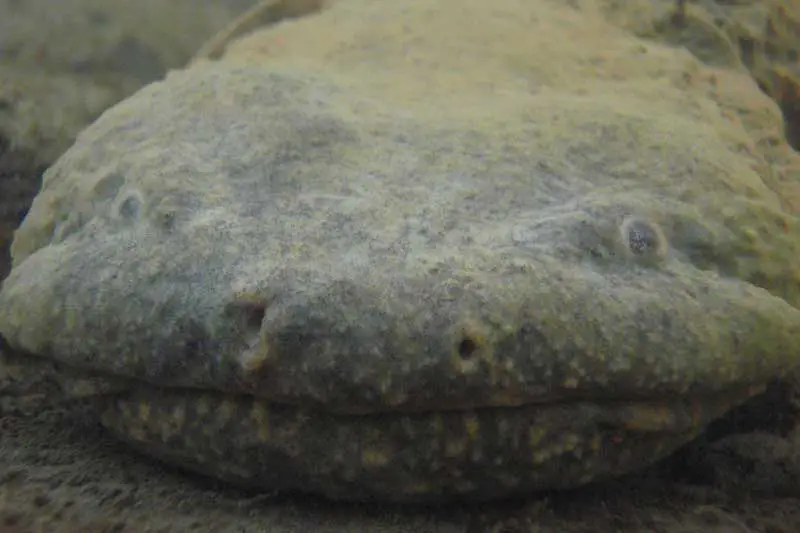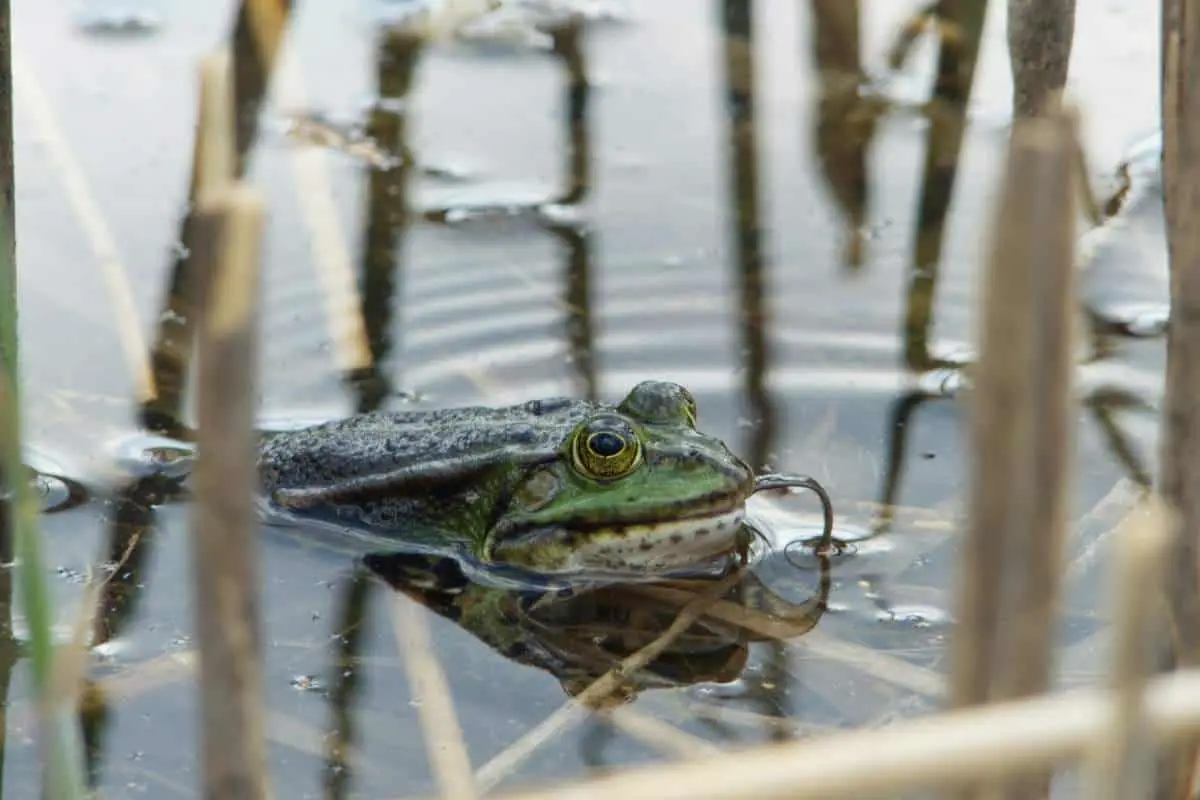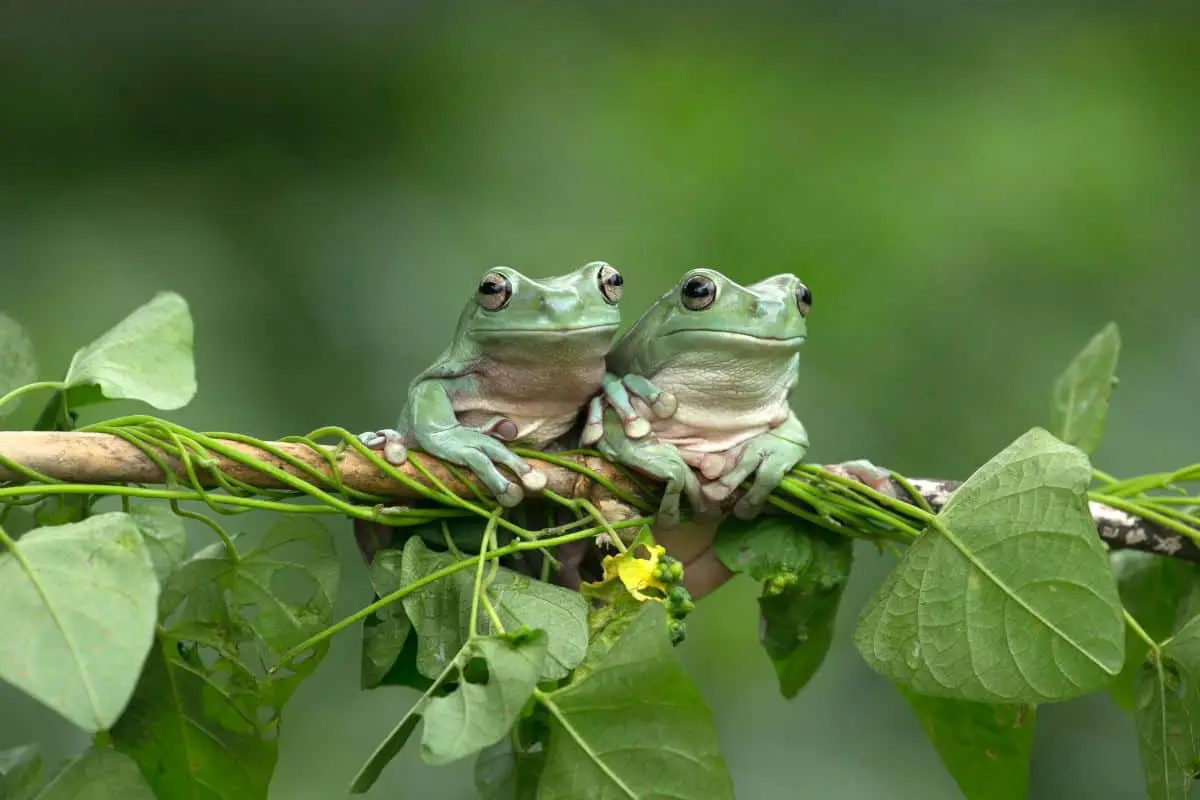Hellbenders aren’t your average salamander. They are a species of giant salamander found only in the eastern United States. Because these amphibians require a healthy environment to survive, they can be difficult to spot. However, if you’re looking to find some interesting and unique facts about hellbenders to help you understand them better, this article can help. We’ve compiled a list of eight fascinating facts about these species to help you learn more about them.
8 Facts about hellbenders
1. They’re North America’s largest salamander
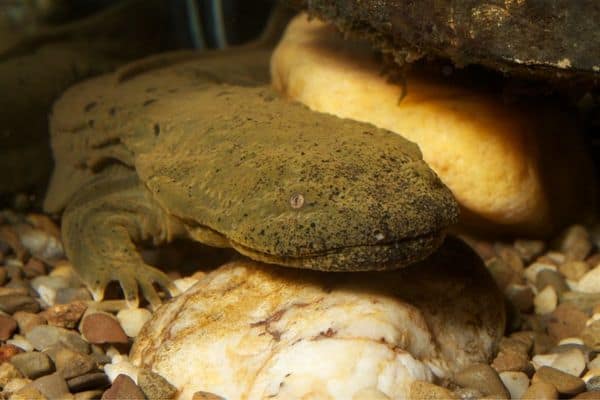
Hellbenders are salamanders native to North America, and they’re one of the continent’s largest salamander species. There are 760 known living salamander species, 367 of which are found in Central and North America.
Most salamanders are only 6 inches long, like spotted salamanders, or less than 6 inches, like long-toed salamanders. Hellbenders, on the other hand, have an average length of 15 inches and can grow up to 30 inches long. They usually have a weight of 2 kg, making them the largest species of salamanders found in North America.
2. Hellbenders are commonly misidentified as mudpuppies
Hellbenders are frequently confused with mudpuppies since both of these amphibians are found in North America and have very similar appearances. They’re both aquatic creatures that dwell on the floors of lakes, ponds, and freshwater streams, but they also differ from one another.
Hellbenders are larger than mudpuppies, ranging in size from 12 to 30 inches, whereas mudpuppies are typically 8 to 17 inches long. The hellbender has wrinkled skin, as opposed to the mudpuppy, which has smooth skin.
Another distinguishing feature of the two is their gills. Mudpuppies breathe through external gills on the sides of their heads, whereas hellbenders only have side gill slits.
3. Hellbenders live under large rocks
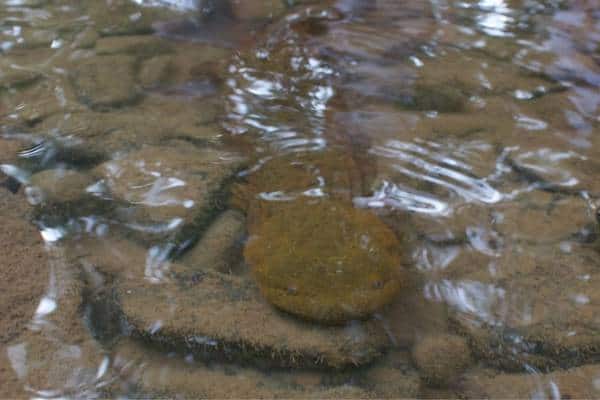
Hellbenders are amphibians that live their entire lives in water. They’re commonly found in rivers and streams throughout the eastern United States and are primarily active at night.
These amphibians prefer to live at the bottom of the freshwater streams, usually between 0.16 and 0.56 meters below the surface, with plenty of large rocks and logs.
These rocks allow them to hide from predators, and this is where they lay their eggs During the breeding season. They’ve also been known to leave their habitat if the rocks on the bottom are removed or disturbed.
4. Adults are extremely territorial
Hellbenders are fiercely territorial and will fight other hellbenders who enter their zone. Their territories typically range from 32 to 346 square meters. These animals spend the entire day here, only coming out at night to look for food. They eat crayfish, insects, small fish, and other salamanders.
Although they’re hostile to other hellbenders, they aren’t really dangerous to humans. Hellbenders got their name from early settlers who saw them swimming across rivers on hot summer days and thought they were “from hell and were meant to go back to hell”.
However, these amphibians aren’t as fearsome as their appearance would suggest: hellbenders are actually quite gentle creatures who prefer to stay hidden under rocks or logs.
5. Male adults guard the nests
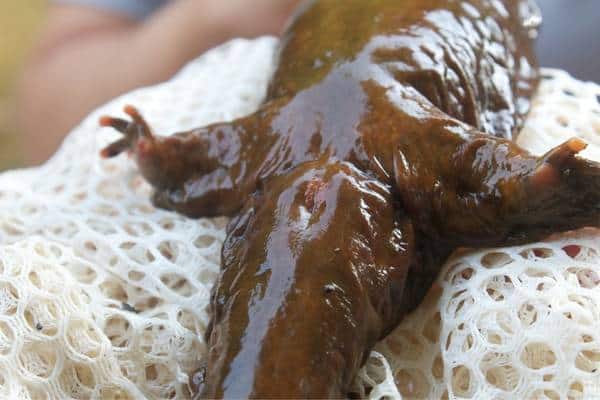
Breeding for hellbenders occurs between the middle of September and the middle of October. During this time, male hellbenders would prepare an area for the eggs to be deposited.
They will then stick out their heads from their burrow to attract a female hellbender. When a female is attracted, they will allow her to enter the burrow and release seminal fluid to fertilize the eggs she has brought.
After depositing the eggs, the males will begin to chase the females away from the burrow. During the breeding season, females lay 150-450 eggs, which they may deposit in several burrows.
The males will guard the eggs until they hatch and develop into larvae. To avoid being eaten by the male hellbender, the larvae will leave their nest as soon as they hatch.
6. Secrete a mucus-like substance when threatened
Hellbenders have no defense against predators other than detecting them early and hiding in their burrows to avoid them. When threatened, they secrete more of the substance found on their skin.
The secretion is mucus-like in consistency and covers the hellbender’s entire body, making them more slippery. This substance protects them from predators who might try to eat them, as well as deter other predators who might want to eat them.
7. Hellbenders are good indicators of water quality
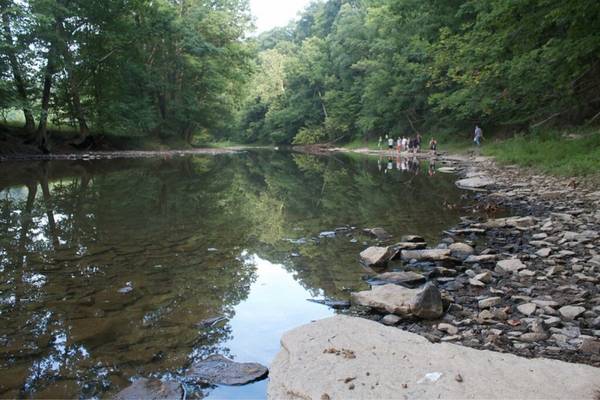
Hellbenders are one of the important salamanders in our ecosystem. They’re considered indicator species because they require a clean environment to survive.
These massive salamanders require healthy flowing water streams to thrive, and finding one in a lake or pond indicates that the water quality in that area is good. They also contribute to ecosystem balance by preying on invasive species such as crayfish.
8. There are two subspecies of hellbenders
Only two known subspecies of hellbenders exist, the Ozark hellbender and the most common, the eastern hellbender.
Eastern hellbender
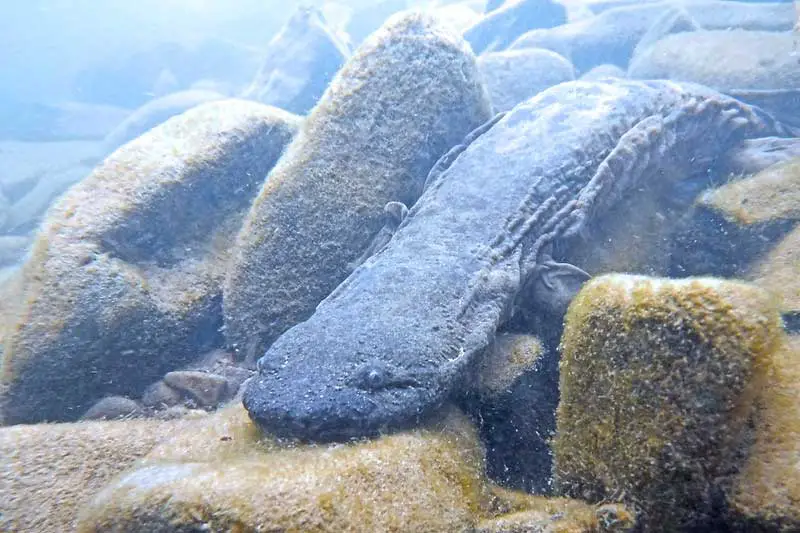
Scientific Name: Cryptobranchus alleganiensis alleganiensis
Eastern hellbenders are the most common hellbender species in North America. These subspecies are the largest on the continent, with average lengths ranging from 12 to 30 inches. They’re only found in eastern North America, ranging from southern New York to Alabama and Mississippi, and west to Missouri and Arkansas.
These hellbenders are dark brown or black in color, with lighter bellies, and their bodies are marked with dark orange spots.
Ozark hellbender
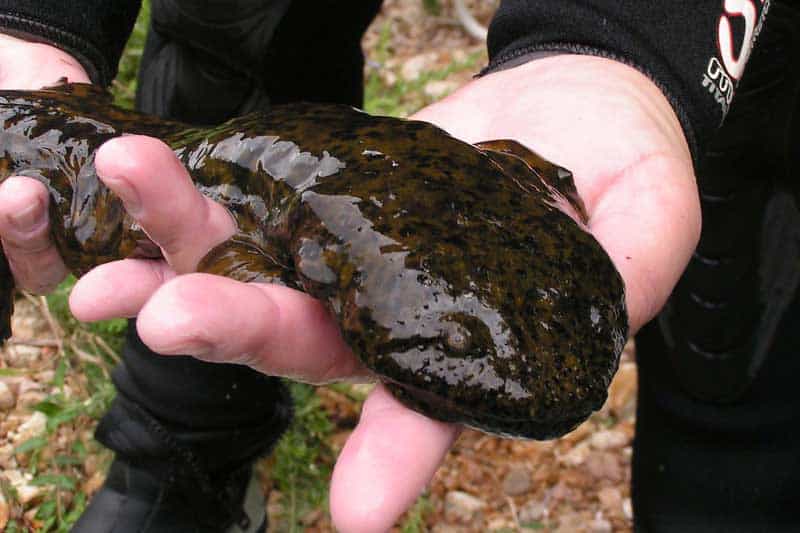
Scientific Name: Cryptobranchus alleganiensis bishopi
The Ozark hellbender is a large aquatic salamander living in clear, rocky streams of the Ozark Mountains. It’s slightly smaller than eastern hellbenders, reaching a maximum length of 22 inches.
The color of the Ozark hellbender ranges from gray to reddish brown, with few to no spots. They spend most of their time underwater, eating insects and small invertebrates like crayfish, and prefer to hide on limestone rocks.
